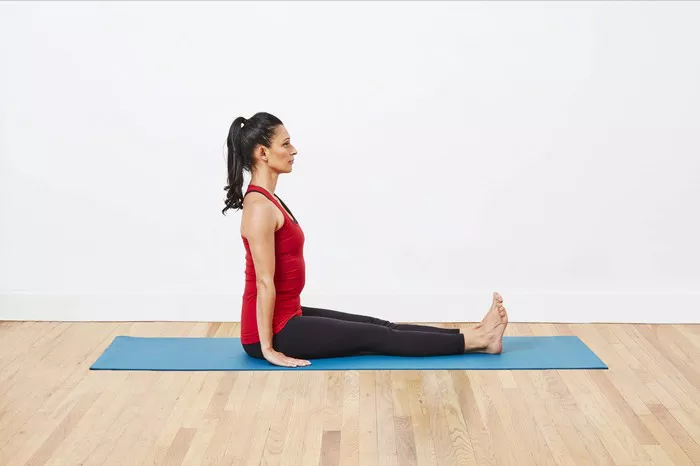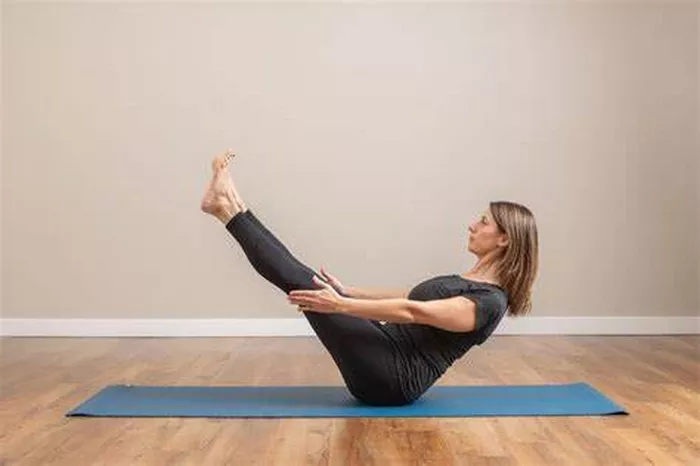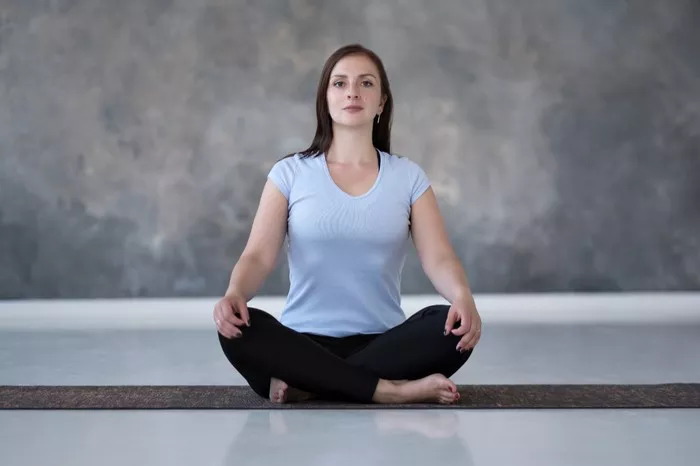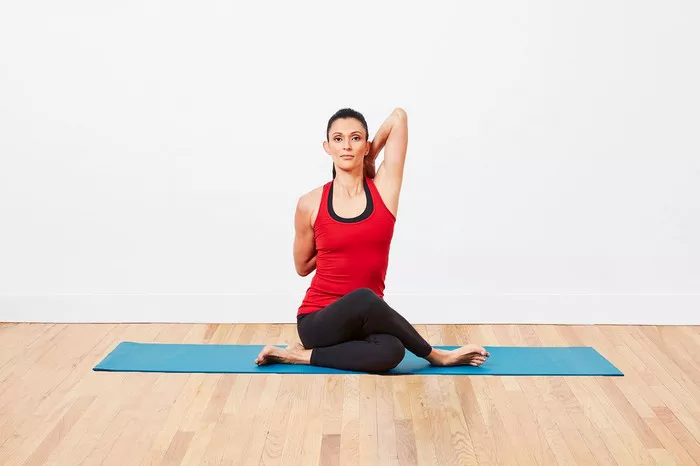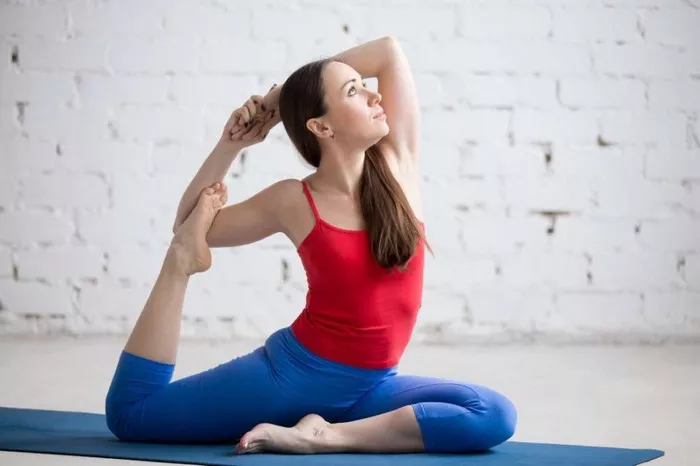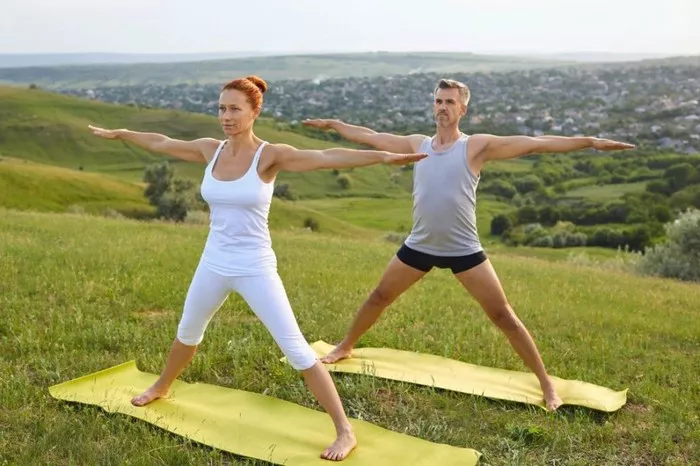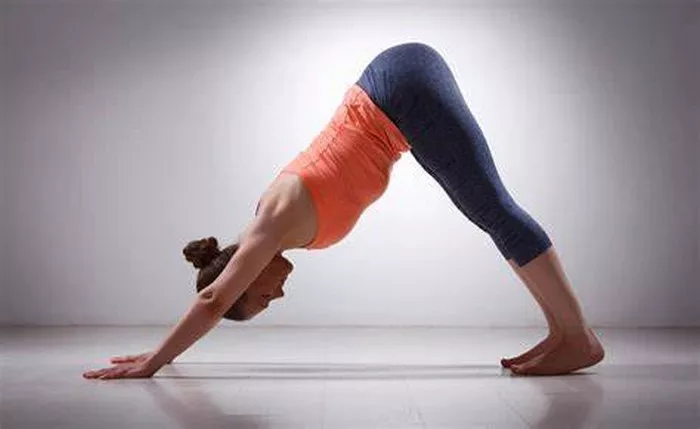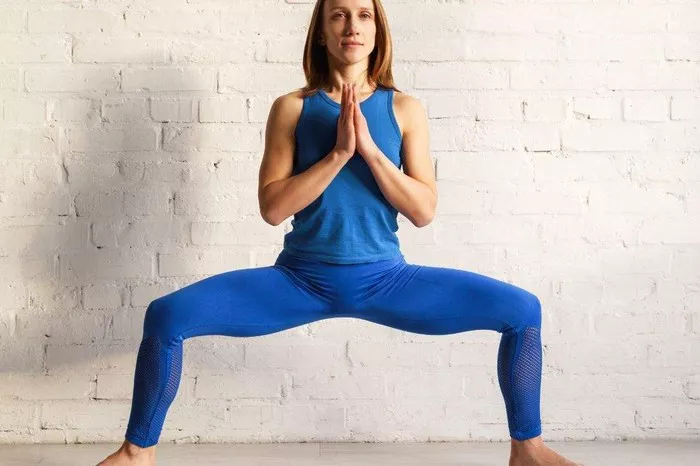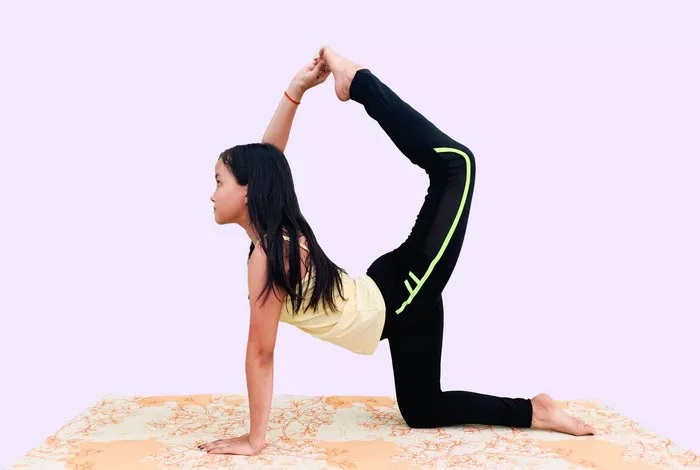Yoga is a holistic practice that has been cultivated for thousands of years, blending physical movement, breath control, and mental discipline to foster well-being and inner peace. While yoga encompasses numerous styles, techniques, and philosophies, its foundation is built on three core elements: Asana (physical postures), Pranayama (breath control), and Dhyana (meditation). These three pillars of yoga work together to create balance in the body, mind, and spirit, leading to a healthier and more harmonious life.
1. Asana: The Physical Postures
Asana, or the physical postures of yoga, is perhaps the most well-known element of yoga in modern practice. It involves various poses that enhance flexibility, strength, and balance. Though originally designed to prepare the body for prolonged meditation, asanas now serve a broader purpose, including stress relief, improved posture, and overall physical health.
Benefits of Asana:
Physical Strength and Flexibility: Regular practice of yoga poses strengthens muscles and increases joint mobility, reducing the risk of injury.
Improved Posture and Alignment: Many people suffer from poor posture due to sedentary lifestyles. Asanas help correct misalignments and promote a healthier spinal position.
Stress Reduction: Engaging in physical postures releases tension stored in the muscles, promoting relaxation and reducing stress levels.
Enhanced Circulation: Yoga increases blood flow, delivering more oxygen and nutrients to tissues and organs, which improves overall bodily function.
Support for Internal Organs: Certain yoga poses stimulate digestion, detoxification, and hormonal balance, benefiting overall health.
Popular asanas include Downward Dog (Adho Mukha Svanasana), Warrior Pose (Virabhadrasana), and Tree Pose (Vrikshasana). Each pose offers distinct benefits, but collectively, they enhance mobility, strength, and mental clarity.
2. Pranayama: The Art of Breath Control
Pranayama is the practice of breath control and is considered the life force of yoga. The word “prana” refers to vital life energy, while “ayama” means expansion or control. Through conscious breathing techniques, pranayama helps regulate energy levels, calm the nervous system, and enhance mental focus.
Types of Pranayama Techniques:
Nadi Shodhana (Alternate Nostril Breathing): Balances the left and right hemispheres of the brain, reducing stress and improving concentration.
Kapalabhati (Skull-Shining Breath): A cleansing technique that energizes the body, stimulates digestion, and enhances mental clarity.
Ujjayi (Victorious Breath): Creates a soothing sound similar to ocean waves, promoting relaxation and focus during yoga practice.
Bhramari (Bee Breath): Helps reduce anxiety, induce a sense of calm, and improve sleep quality.
Benefits of Pranayama:
Enhanced Oxygenation: Proper breathing techniques increase oxygen supply to the brain and body, improving overall vitality.
Stress and Anxiety Reduction: Controlled breathing activates the parasympathetic nervous system, reducing cortisol levels and fostering relaxation.
Improved Lung Function: Expanding lung capacity through pranayama benefits respiratory health, helping conditions such as asthma and bronchitis.
Emotional Regulation: Conscious breathing techniques help regulate emotions, enhancing patience and emotional resilience.
Pranayama is not just about breathing—it is a bridge between the physical and mental aspects of yoga, ensuring a deeper connection with oneself.
3. Dhyana: The Practice of Meditation
Dhyana, or meditation, is the art of stilling the mind to attain clarity, self-awareness, and inner peace. It is the culmination of yoga practice, allowing individuals to go beyond physical postures and breath control to reach a heightened state of consciousness.
Types of Meditation in Yoga:
Mindfulness Meditation: Focuses on present-moment awareness, observing thoughts without attachment.
Mantra Meditation: Involves the repetition of sacred sounds or words (e.g., “Om”) to enhance concentration and spiritual connection.
Loving-Kindness Meditation (Metta): Cultivates compassion and positive emotions toward oneself and others.
Guided Meditation: Uses visualization or audio guidance to achieve deep relaxation and focus.
Benefits of Meditation:
Reduced Stress and Anxiety: Meditation lowers cortisol levels, helping individuals manage stress more effectively.
Enhanced Mental Clarity: Regular meditation improves focus, memory, and decision-making skills.
Emotional Stability: Meditation fosters self-awareness, emotional regulation, and a sense of inner peace.
Spiritual Growth: For many practitioners, meditation provides a path to self-discovery and a deeper understanding of life.
Dhyana is the ultimate goal of yoga, allowing practitioners to cultivate stillness, insight, and a connection with their inner self.
Bringing the Three Elements Together
While each element of yoga—Asana, Pranayama, and Dhyana—offers individual benefits, their true power is realized when practiced together. Here’s how they complement each other:
Asana prepares the body by releasing physical tension, increasing strength, and making it easier to sit comfortably for long meditation sessions.
Pranayama bridges the physical and mental realms, calming the mind and improving focus for deeper meditation.
Dhyana completes the practice by fostering mindfulness, self-awareness, and spiritual enlightenment.
Together, these three elements create a comprehensive approach to wellness, enhancing physical health, emotional stability, and spiritual well-being. Whether you are a beginner or an experienced yogi, integrating these core components into your practice can lead to profound transformations.
Conclusion
Yoga is far more than just physical exercise—it is a holistic practice that nurtures the body, mind, and spirit. By understanding and incorporating the three core elements—Asana (physical postures), Pranayama (breath control), and Dhyana (meditation)—you can achieve greater balance, inner peace, and overall well-being. Whether you practice yoga for fitness, stress relief, or spiritual growth, embracing these fundamental elements will deepen your experience and help you unlock the true potential of yoga.
The journey of yoga is one of self-discovery, patience, and continuous growth. By dedicating time to each of these three pillars, you can cultivate a life of harmony, resilience, and fulfillment.
Related topics


